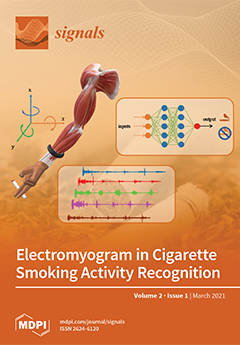Low-rank tensor recovery has attracted much attention among various tensor recovery approaches. A tensor rank has several definitions, unlike the matrix rank—e.g., the CP rank and the Tucker rank. Many low-rank tensor recovery methods are focused on the Tucker rank. Since the Tucker
[...] Read more.
Low-rank tensor recovery has attracted much attention among various tensor recovery approaches. A tensor rank has several definitions, unlike the matrix rank—e.g., the CP rank and the Tucker rank. Many low-rank tensor recovery methods are focused on the Tucker rank. Since the Tucker rank is nonconvex and discontinuous, many relaxations of the Tucker rank have been proposed, e.g., the sum of nuclear norm, weighted tensor nuclear norm, and weighted tensor schatten-
p norm. In particular, the weighted tensor schatten-
p norm has two parameters, the weight and
p, and the sum of nuclear norm and weighted tensor nuclear norm are special cases of these parameters. However, there has been no detailed discussion of whether the effects of the weighting and
p are synergistic. In this paper, we propose a novel low-rank tensor completion model using the weighted tensor schatten-
p norm to reveal the relationships between the weight and
p. To clarify whether complex methods such as the weighted tensor schatten-
p norm are necessary, we compare them with a simple method using rank-constrained minimization. It was found that the simple methods did not outperform the complex methods unless the rank of the original tensor could be accurately known. If we can obtain the ideal weight,
is sufficient, although it is necessary to set
when using the weights obtained from observations. These results are consistent with existing reports.
Full article





